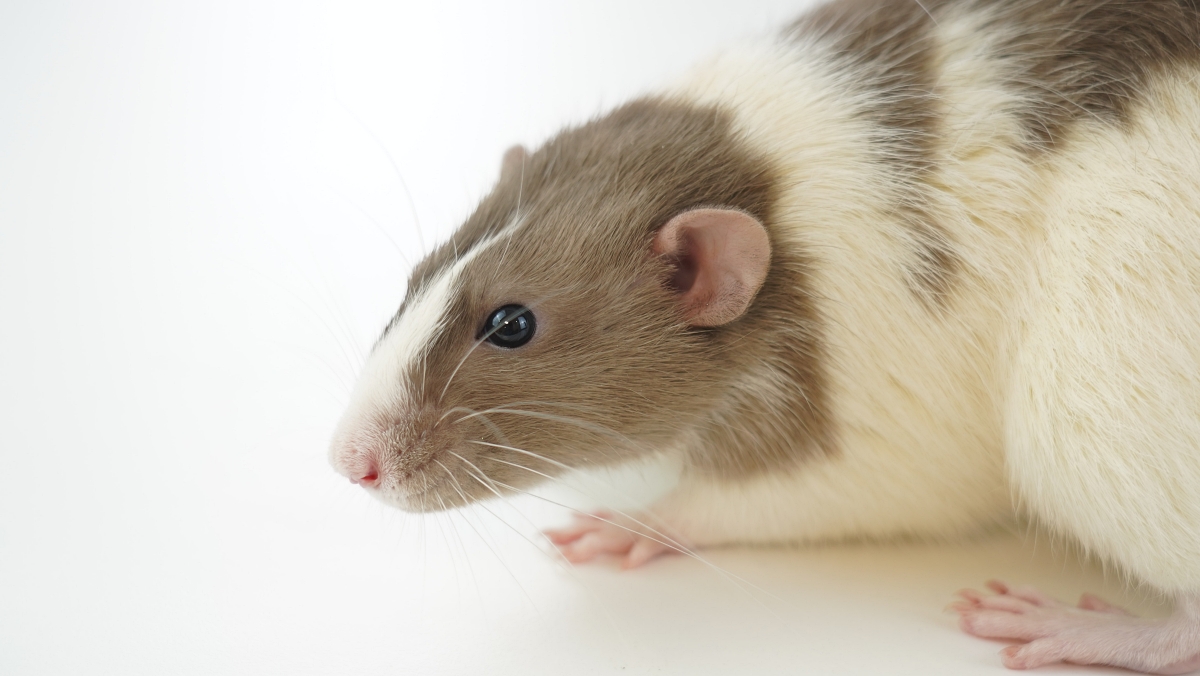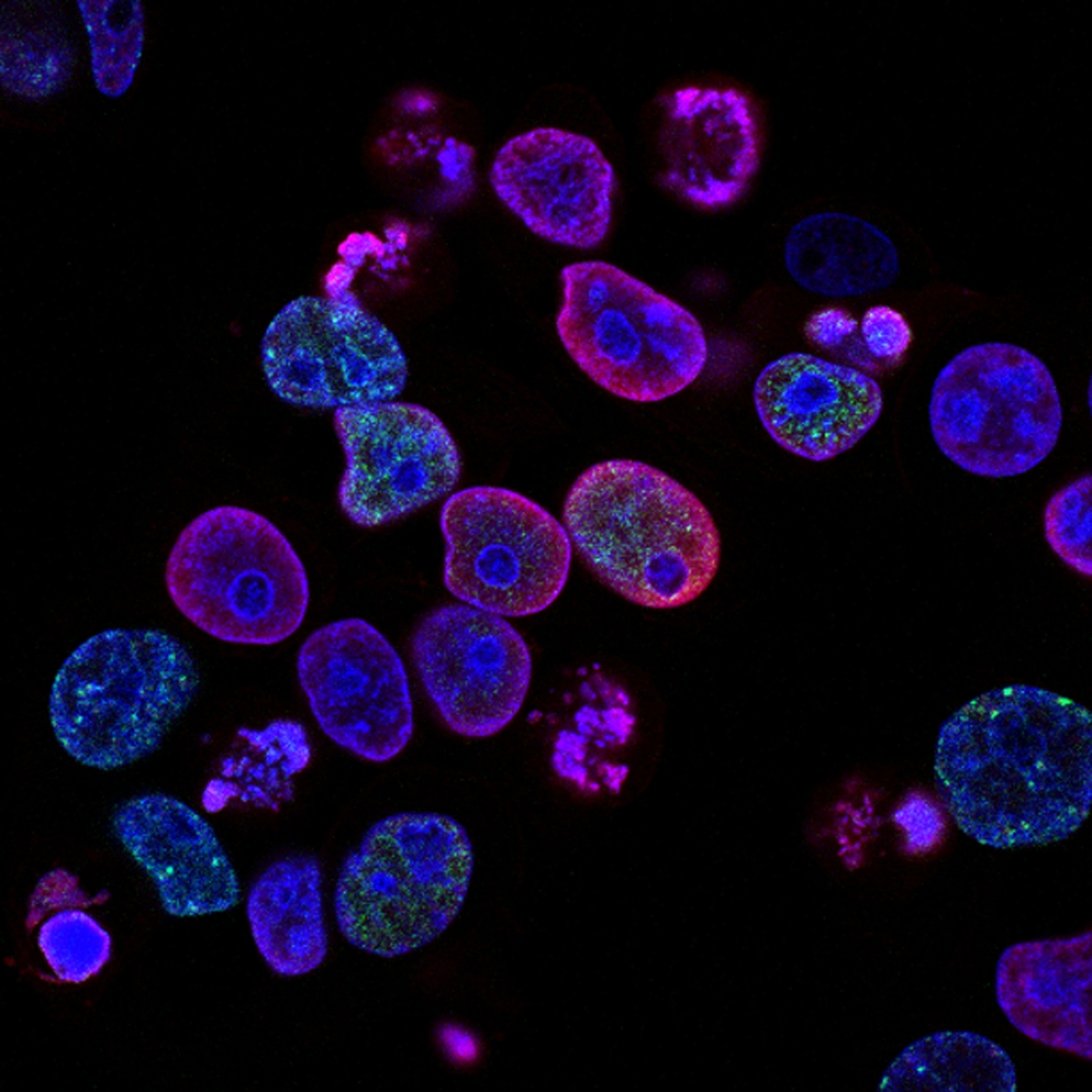All things being equal, many people will pass away around age 83. Factors such as lifestyle, location, occupation, and community network all have big impacts on how long people live and how good their health is into old age. But, a new study has now uncovered why, given the differences in how people around the world live, many people more or less reach the same age before death.

Other mammals often live much shorter lives, with some species of whale being one of the few that live even close to human ages. The bowhead whale is the exception to this, as individuals can live up to 200 years. All mammals will die of old age if disease or injury doesn’t cause death first. This is because the DNA in their bodies creates somatic mutations (you can think of them as errors) over a lifetime that eventually prevent the body from functioning properly and also create ripe conditions for diseases like cancer.
These mutations overwhelm the body and in other species of mammals this happens much more quickly than in humans. In small animals, like rats and mice, it was once believed that their size determined cell turnover, which was thought to happen at a much higher rate than in humans. But, a new study published in the science journal, Nature, reveals that it is the differences in DNA mutations that account for different lifespans.

The study was undertaken by scientists from the Wellcome Sanger Institute (Cambridge, UK) and looked at the DNA of 16 different species of mammals. DNA from 56 individuals across species of various sizes were included in the study. Species included were colobus monkey, cat, cow, dog, ferret, giraffe, horse, human, lion, mouse, naked mole-rat, rabbit, rat, ring-tailed lemur, and tiger. Samples of DNA were collected from the colons of each animal.
Across the samples 3 types of mutation signatures were present, regardless of size and species, SBSC, SBS1, and SBSB. Previous studies had not shown that the same driving factors that facilitate age-related death in humans were also present in other mammals. Although, in some species certain signatures were found in higher ratios to the others. Previous to this study testing of these types of DNA changes over a lifetime had been limited, as obtaining this data from a large portion of species is difficult.
Researchers used zoo data to understand how long the non-human species usually lived. To determine human life expectancy researchers used the mean ages of death from the countries of Denmark, Finland, and France and came up with a lifespan of 83.7 years (using data from 1900 to present). The 3 countries were selected because they had census records going back more than 100 years.

Researchers found that the rate of substitutions of DNA over a year of life for each individual in the study varied wildly, from 47 per year in humans to 796 a year in mice. This difference shows that, while the same signatures are at work in various mammals, the rates of mutations are not the same in number. This rate inversely correlates to lifespan and a similar number of mutations were found at the end of life for each sample (a range 2,683.9–3,728.9 over a lifetime). This was true across different species and different body sizes, showing that size is not the determining factor in lifespan.
This new data helps to explain why humans live the length that we do, and why other mammals have their own average lifespan limits. Previous studies have shown the association of longer-lived species with more efficient DNA repair and these new findings contribute a similar understanding of how DNA affects lifespan. In addition to lifestyle and DNA mutations and repairs, telomere length and protein turnover are other factors that affect lifespan at the cellular level.

The lead author of the study, Dr. Alex Cagan, said that, “…the most exciting aspect of the study has to be finding that lifespan is inversely proportional to the somatic mutation rate. This suggests that somatic mutations may play a role in aging.” He went on to state that future studies of different species (like plants and bugs) could offer even more insight into this realm of science.
SKM: below-content placeholderWhizzco for DOT

